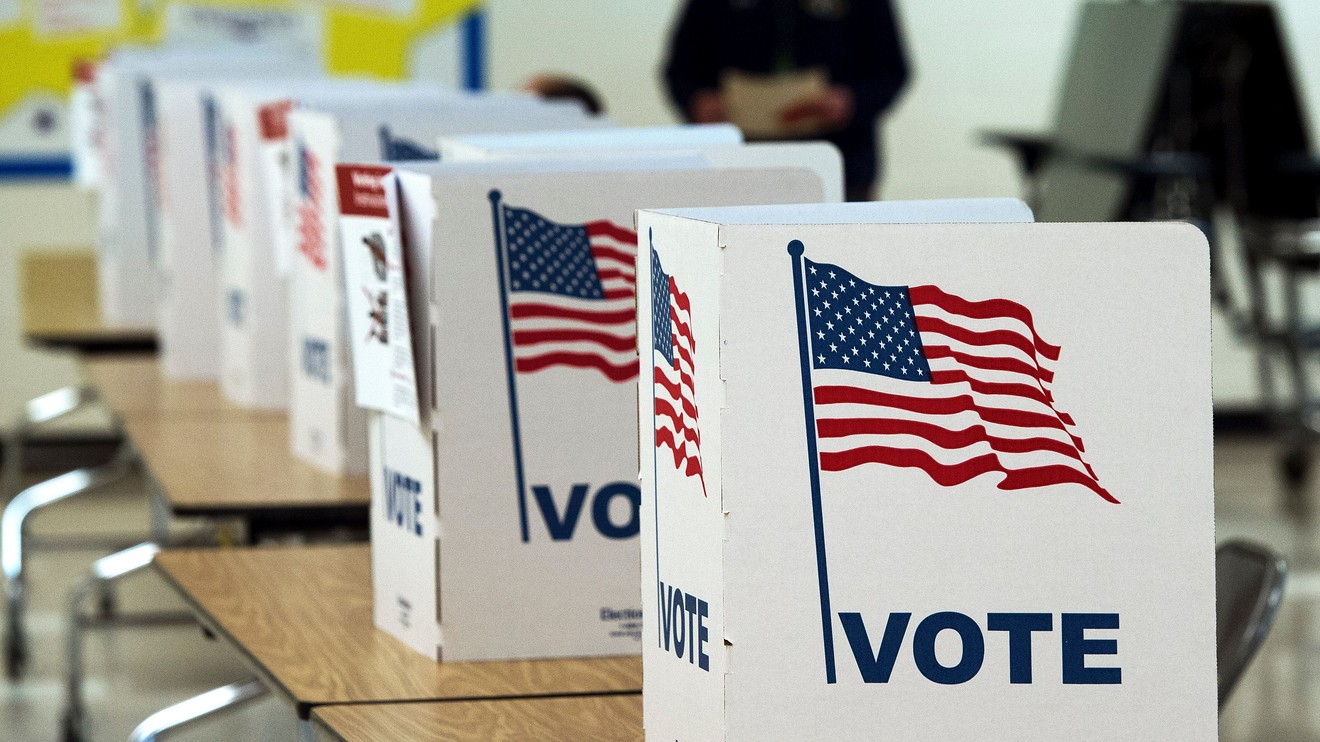Gerrymandering
As the United States prepares for the upcoming general election, the issue of gerrymandering is poised to take center stage in political discourse. This practice, which involves the strategic redrawing of electoral district boundaries, has long been embedded in the fabric of American democracy.
Despite its historical roots, gerrymandering remains a deeply divisive topic, significantly influencing the outcomes of elections across all levels of government.
Understanding Gerrymandering
Gerrymandering is defined as the manipulation of electoral district boundaries to favor a specific political party. Typically occurring every ten years in conjunction with the census, this process is intended to reflect population shifts.
However, it frequently devolves into a partisan tactic, with political parties drawing district lines in a way that maximizes their chances of winning seats in state legislatures and Congress.
Two primary strategies characterize gerrymandering: “packing” and “cracking.” Packing involves concentrating voters with similar political views into a single district, effectively minimizing their influence in adjacent areas.
In contrast, cracking disperses these voters across multiple districts, diluting their collective voting power. This manipulation often results in oddly shaped electoral maps that resemble abstract art more than a coherent representation of communities.
The Origin of the Term
The term “gerrymandering” dates back to 1812 when Elbridge Gerry, then Governor of Massachusetts, enacted a controversial redistricting plan that favored his party.
One of the newly drawn districts was so convoluted that it bore a resemblance to a salamander, leading cartoonist Elkanah Tisdale to coin the term “Gerry-mander” in the Boston Gazette. Over time, the term has become synonymous with political manipulation of electoral boundaries.
Consequences of Gerrymandering
Critics argue that gerrymandering undermines the democratic process, creating “safe” seats for incumbents and diminishing electoral competition.
A study conducted by Harvard University in 2023 found that gerrymandering often fosters complacency among politicians, making them less accountable to their constituents. This disenchantment can lead to voter apathy, as citizens may feel their voices are rendered ineffective in a rigged electoral system.
While some states have taken steps to mitigate gerrymandering—either through constitutional amendments or the establishment of independent redistricting commissions—many still lack adequate protections.
Efforts at the national level to ban partisan gerrymandering have stalled, leaving states to navigate the issue independently. A 2019 Supreme Court ruling determined that challenges to partisan gerrymandering must be addressed in state courts, complicating efforts to address the issue at the federal level.
The Current Landscape
With the 2024 elections on the horizon, recent court rulings regarding gerrymandering have the potential to reshape the political landscape significantly. For example, a newly redrawn district map in South Carolina has converted a once-competitive district into a Republican stronghold, drawing sharp criticism from voting rights advocates.
In states like Louisiana and Alabama, redistricting efforts may lead to additional congressional seats for Democrats, while North Carolina’s state supreme court recently upheld a gerrymandered map that could allow Republicans to gain three more congressional seats.
These developments carry profound implications for the balance of power in the U.S. House of Representatives, where control often hinges on district-level elections. Given that national legislation frequently hangs in the balance, the stakes associated with gerrymandering have never been higher.
As we move closer to the elections, gerrymandering remains a critical and contentious issue within the electoral process in the United States.
The pressing question is whether we will permit politicians to choose their voters or advocate for a more equitable and representative democracy. The answer to this question will undoubtedly shape the future of American politics for years to come.
I am a dynamic professional, specializing in Peace and Conflict Studies, Conflict Management and Resolution, and International Relations. My expertise is particularly focused on South Asian Conflicts and the intricacies of the Indian Ocean and Asia Pacific Politics. With my skills as a Content Writer, I serve as a bridge between academia and the public, translating complex global issues into accessible narratives. My passion for fostering understanding and cooperation on the national and international stage drives me to make meaningful contributions to peace and global discourse.










